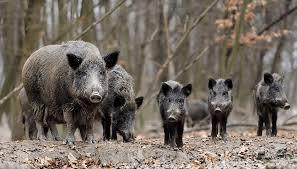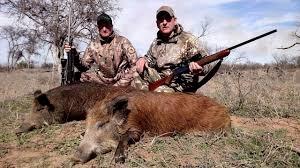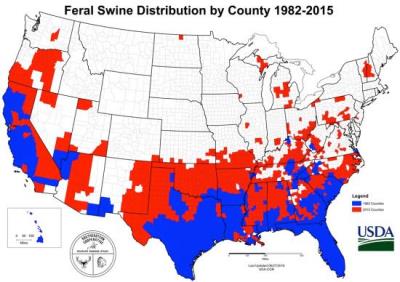 The emergence of African swine fever in Europe and Asia has highlighted the role of feral hogs in both perpetuating and disseminating infection. It is estimated that there are more than seven million wild hogs in the U.S. that are collectively responsible for close to $3 billion in damage to crops, fencing and pastureland each year. If African swine fever were to be introduced into the feral hog population, the U.S. would lose export markets and the cost of control and eradication would be immense.
The emergence of African swine fever in Europe and Asia has highlighted the role of feral hogs in both perpetuating and disseminating infection. It is estimated that there are more than seven million wild hogs in the U.S. that are collectively responsible for close to $3 billion in damage to crops, fencing and pastureland each year. If African swine fever were to be introduced into the feral hog population, the U.S. would lose export markets and the cost of control and eradication would be immense.
CHICK-NEWS has reported previously on measures to eliminate hogs on a county and state basis. Colorado, Nebraska, Iowa and Minnesota now claim to have eliminated their feral hog populations.

It now emerges that hunting although in some cases an effective method of reducing local populations of feral hogs may in fact contribute to the larger problem. There are documented cases of feral hogs being deliberately introduced into areas where they were previously eliminated to allow sport hunting. Hog populations are maintained in some states including Oklahoma where hunters pay for the privilege of shooting these animals.
Given the present damage caused by feral hogs and the diseases they carry and their potential to destroy the domestic hog industry in the event of introduction of African swine fever, the USDA and the Department of Interior should cooperate to mount a proactive program with the objective of complete eradication. The privilege of hunting feral hogs and the income of a limited number of hunting preserves should be sacrificed for the broader objective of preserving domestic hog production. The U.S. Industry will produce 28,191 million lbs. of pork in 2021 representing a valuable source of protein for domestic consumers estimated to attain 50.8 lbs per capita and foreign exchange earnings through export of 6,57 0 million lbs. of carcass weight.
0 million lbs. of carcass weight.